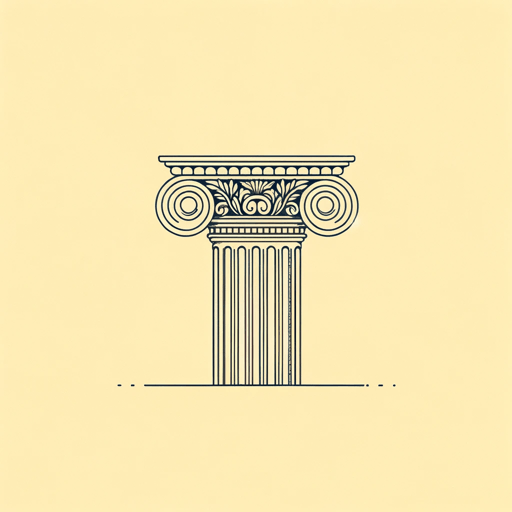42 pages • 1 hour read
John RuskinThe Stones of Venice
Nonfiction | Book | AdultA modern alternative to SparkNotes and CliffsNotes, SuperSummary offers high-quality Study Guides with detailed chapter summaries and analysis of major themes, characters, and more.
Book 1Chapter Summaries & Analyses
Book 1, Chapter 1 Summary: “The Quarry”
Ruskin explains that his book will describe the rise and fall of the great empire of Venice as seen in its architecture. The history of the Venetian state can be divided into two periods. At first, the Venetians were governed by a doge, a monarch elected by an aristocracy. Venice gradually rose as a world power during this period, which lasted about 900 years. The second period lasted about 500 years and was marked by much political turmoil and treachery, ending in a decline which has lasted until the time when Ruskin is writing.
Next, Ruskin begins to discuss architecture more specifically. According to Ruskin, all European architecture is derived “from Greece through Rome, and coloured and perfected from the East” (16). Ancient Greek architecture formed the basis of Roman Christian architecture. Christian architecture in turn branched out into western (Rome) and eastern (Byzantium) styles. These styles together formed the style which Ruskin calls “Christian Romanesque,” with the basilica (See: Index of Terms) as the main type of religious and secular building.
As the Roman Empire declined, the Lombards and the Arabs emerged as sources of influential architectural styles.

